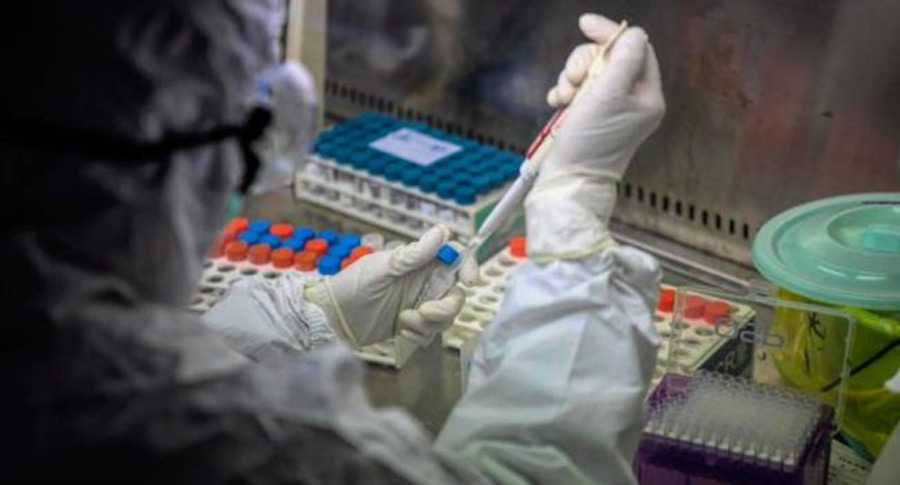Summary
Background Coronavirus disease 2019 (COVID-19) is a disease caused by severe acute respiratory syndrome coronavirus 2 (SARS-CoV-2), first detected in China in December, 2019. In January, 2020, state, local, and federal public health agencies investigated the first case of COVID-19 in Illinois, USA.
Methods Patients with confirmed COVID-19 were defined as those with a positive SARS-CoV-2 test. Contacts were people with exposure to a patient with COVID-19 on or after the patient’s symptom onset date. Contacts underwent active symptom monitoring for 14 days following their last exposure. Contacts who developed fever, cough, or shortness of breath became persons under investigation and were tested for SARS-CoV-2. A convenience sample of 32 asymptomatic health-care personnel contacts were also tested.
Findings Patient 1—a woman in her 60s—returned from China in mid-January, 2020. One week later, she was hospitalised with pneumonia and tested positive for SARS-CoV-2. Her husband (Patient 2) did not travel but had frequent close contact with his wife. He was admitted 8 days later and tested positive for SARS-CoV-2. Overall, 372 contacts of both cases were identified; 347 underwent active symptom monitoring, including 152 community contacts and 195 health-care personnel. Of monitored contacts, 43 became persons under investigation, in addition to Patient 2. These 43 persons under investigation and all 32 asymptomatic health-care personnel tested negative for SARS-CoV-2.
Interpretation Person-to-person transmission of SARS-CoV-2 occurred between two people with prolonged, unprotected exposure while Patient 1 was symptomatic. Despite active symptom monitoring and testing of symptomatic and some asymptomatic contacts, no further transmission was detected.
Clicca sul bottone che segue per prlevare e consultare l’intero articolo:
Funding None.
Copyright © 2020 Elsevier Ltd. All rights reserved




